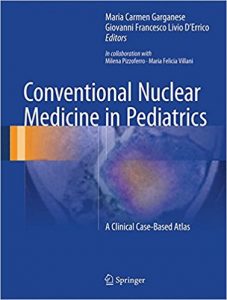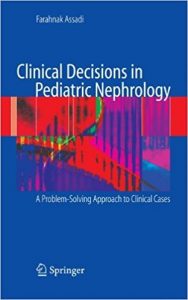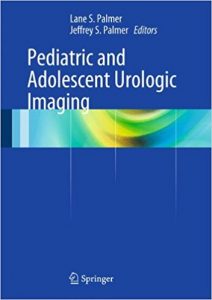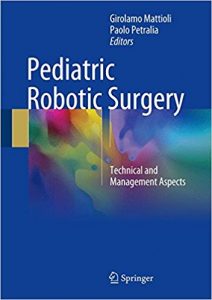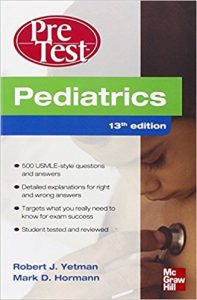Pediatric Hypertension (Clinical Hypertension and Vascular Diseases) 3rd ed.

[amazon template=image&asin=1627034897]
“The purpose is to present established and emerging principles in hypertension evaluation and management in the young as well as analyses of approaches in current pediatric hypertension research. … It is written for pediatricians, adult and pediatric cardiovascular disease specialists, and investigators in cardiovascular research, as well as nonpractitioners with a vested interest in pediatric hypertension research and treatment. … It enables them to build a more than adequate fundamental knowledge base in practical and research concepts in this growing patient population.” (Shawn Ragbir, Doody’s Book Reviews, December, 2013)
From the Back Cover
The field of pediatric hypertension has undergone important changes in the time since the second edition of Pediatric Hypertension published. Much new information on hypertension in the young has become available. Previous chapters have been fully revised and new chapters have been added to cover important topics of recent interest such as consensus recommendations, the prevalence of hypertension in the young due to the obesity epidemic, studies of antihypertensive agents, and ambulatory blood pressure monitoring. Pediatric Hypertension, Third Edition is a comprehensive volume featuring 38 chapters covering the breadth of the current knowledge. It is divided into four sections: Regulation of Blood Pressure in Children; Assessment of Blood Pressure in Children: Measurement, Normative Data, Epidemiology; and Hypertension in Children: Predictors, Risk Factors, and Special Populations; Evaluation and Management of Pediatric Hypertension. Filled with the most up-to-date information, Pediatric Hypertension, Third Edition is an invaluable resource for clinicians and researchers interested in childhood hypertension.


